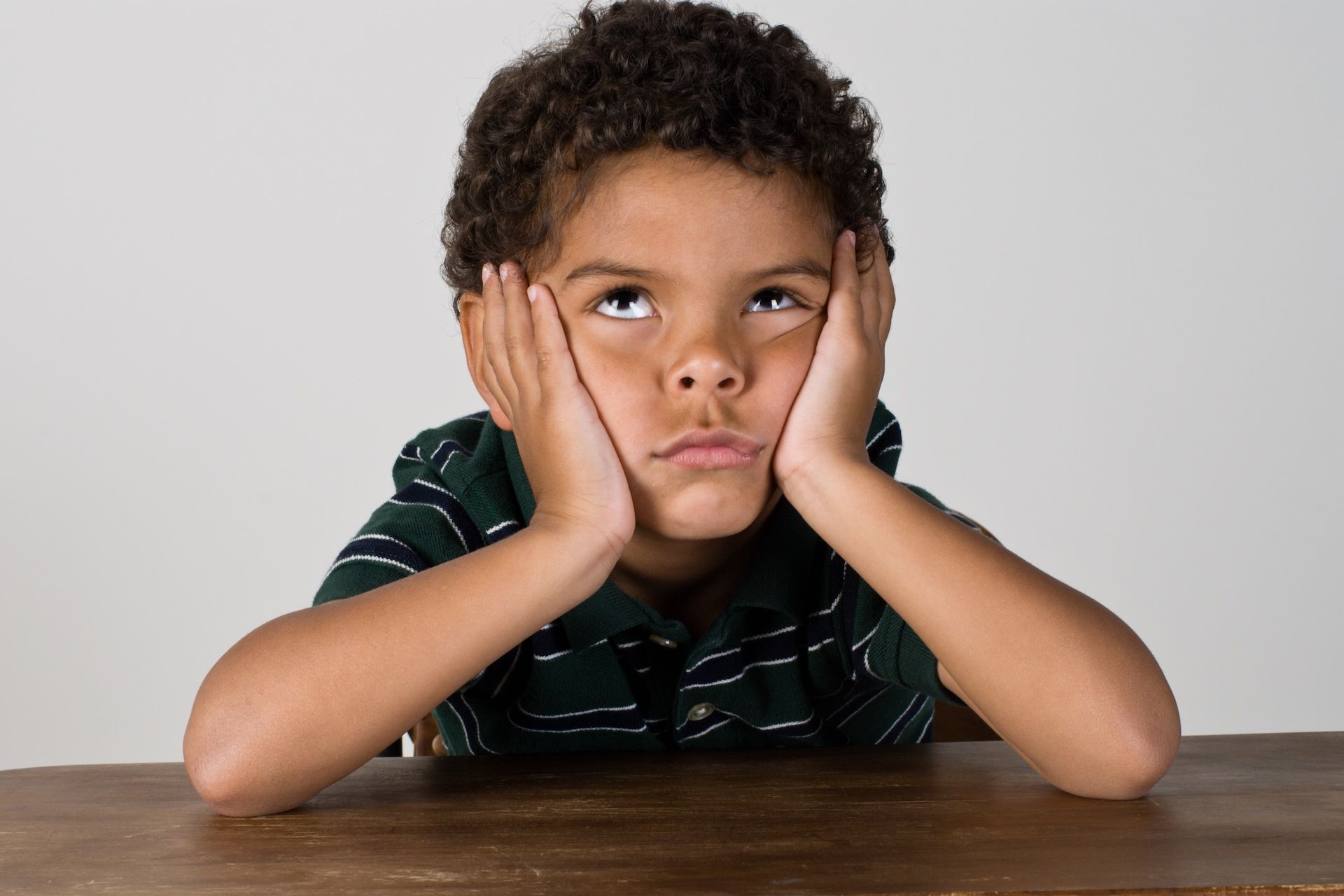
Empower kids to solve their own problems! Learn how to help children take ownership, build responsibility, and grow into capable individuals.
Most of us have had the experience of a child walking into the room and proclaiming, with exasperation and desperation, “I’m bored!” Without even thinking, we begin to offer suggestions.
Despite our best intentions, this situation tends to not end well. Our brilliant ideas are often quickly refuted. We feel frustrated. Our children haven’t engaged. And we’ve missed an opportunity to help our children take responsibility.
What Does it Mean to “Own the Problem”?
It helps to think proactively about how to respond when our children face problems, choices, or situations. These aren’t necessarily the big issues, but rather daily moments that can help our children learn important coping skills that will be crucial in their lives.
At its core, figuring out who owns the problem is about determining whether we or our children are the ones who are primarily responsible for addressing an issue. For example, when our children forget to bring something to school (a coat, gym shoes, snack, etc.), it’s their problem to own and solve because they are directly impacted. Plus, they are also capable of problem-solving (e.g. borrowing a coat, talking to their teacher, asking if there is any food they can have for a snack).
Owning the problem helps children take more responsibility and learn from their mistakes. Whereas, if we rush to their rescue and bring anything that was left at home, our children learn that remembering to bring essential items isn’t really important because we take care of covering for them.
The Challenges
However, watching our children struggle can be heart-wrenching. We don’t like to see our children upset, in pain, or even frustrated. Often, without even thinking, we jump in and try to protect our children from whatever problem, conflict, or challenge they are experiencing.
In addition to this urge to rescue, we may also experience time constraints, diminishing patience, worry about how others will perceive the situation, doubts about our children’s capability, and even pushback from our children.
It may seem faster to tie our children’s shoes or clean their messy room than to wait for them to do it themselves. We may worry that our children won’t meet expectations with a school project or that teachers, other parents, or extended family members will judge the results if we don’t help. Or maybe we aren’t sure that our children will make the “right” decision or if our children are mature or skilled enough to handle a situation. We may even feel guilty about allowing our children to face the natural consequences of their actions, even though it’s a necessary part of learning.
The Value
All problems have owners. Being thoughtful about who owns the problem helps create a clear boundary between guiding our children and taking over their challenges, which is crucial for raising independent, confident, and capable individuals. If we take the time to think ahead about specific (and even recurring) situations, we can be prepared to empower our children to take ownership of the challenges they face, rather than automatically intervening.
It’s also important to remember that if we regularly take ownership of our children’s problems, we are inadvertently teaching our children that they are not capable. The result? Our children grow more needy and dependent on (and sometimes even more demanding of) adults.
If our children own the problem, we can let them handle the problem and provide support as necessary. This is a growth opportunity for us and our children!
Steps to Take
The next time our children express frustration or emotion in response to a problem they own, we can try a simple, three-step response.
Tell them what we see
When our children approach us, consider using detective skills to determine what emotion is at play. “It looks like you don’t know what to do right now,” or “It looks like you are disappointed,” or “It looks like you are feeling sad.” This simple first step provides acknowledgment and helps children accept that their feelings are normal and acceptable. For younger children, this also helps them learn to identify different emotions.
In addition to validating our children’s feelings, active listening shows empathy and helps us avoid jumping to solutions. For example, if the upset is about an interaction with a friend, we can try saying something like, “That sounds really frustrating. Tell me more about what happened."
Ask them what they can do
Next, we can act as a coach rather than trying to provide solutions. This requires listening closely to determine the root cause of their problem and helping them come up with a solution (without doing it for them).
For example, if facing the “I’m bored” statement, we can ask questions, “What do you think you could do on your own so that you would feel busy?” Even if they respond by saying, “I don’t know,” we can continue to focus on their ability to think through possibilities. Sometimes, even just replying with something like, “make believe you know,” grants them permission to use their imagination.
Additional types of questions to have mentally prepared can include:
“What do you think you could do to fix this?”
“How do you think _____ might react if you explain?”
“What’s the first step you could take?”
Offer to help if appropriate
Once our children have come up with a solution to their problem, we can offer to help without taking over and implementing the solution for them.
Sometimes our children might need support with generating ideas. It’s okay to brainstorm together, which is different than trying to come up with solutions for them. If we do offer brainstorming support, it’s important to let our children choose the best course of action. For example, if the problem revolves around forgetting to bring something to school, we can help with some scaffolding, “Let’s think of ways you have remembered to bring your instrument for band. What’s one technique you’ve used before that worked well?”
We can also offer support by providing access to tools or resources. For example, if the struggle involves organization, we can offer to provide a calendar or checklist and teach our children how to use this tool rather than organizing their assignments or chores for them. Role-playing can also sometimes help children practice the solution they’ve identified.
Ultimately, we want to set clear exceptions by letting our children know what is expected and giving them the responsibility to follow through. Asking what their plan is is a great way to shift the focus to their ability to solve the problem. The best part is that the more often we allow our children to solve their own problems, the more capable they become.
Are you curious to learn more about supporting children’s emerging sense of responsibility? Come visit our school!



